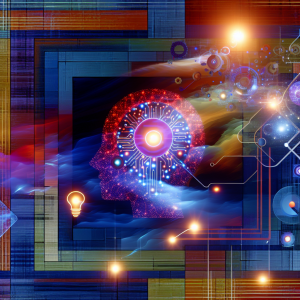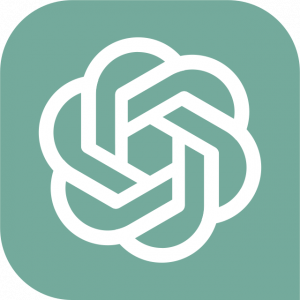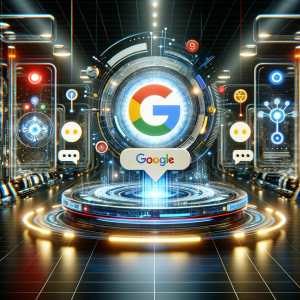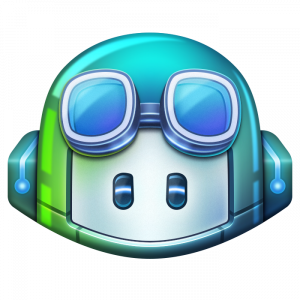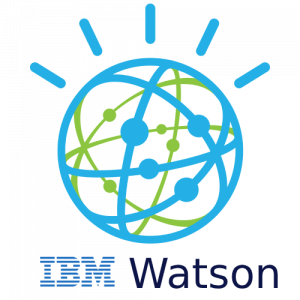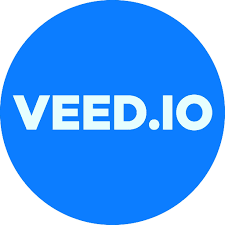AI Startups: Teaching Robots to Dream (So They Can Replace Us More Creatively)
Once upon a time, in a world far away from terms like “machine learning” and “neural networks,” the only ones dreaming about world domination were humans. Fast forward to today, and it seems we’re teaching robots to dream, potentially handing over this age-old ambition to our silicon siblings. Welcome to the whimsical world of AI startups—where creativity meets cold hard code.
The Art of Artificial Imagination
AI startups are stepping up their game, teaching machines not just to think, but to dream. Sounds like a sci-fi novel, right? Picture this: a robot with a penchant for surrealism, creating dreamscapes that would make even Dalí raise an eyebrow. These fledgling companies are diving into realms where AI can simulate human-like creativity. After all, who said robots can’t have their own version of a daydream?
Startups like OpenAI and DeepMind are leading the charge, crafting neural networks that don’t just analyze data but improvise with it. Forget your typical AI that merely predicts the weather; these systems can compose symphonies, design avant-garde fashion, and even write questionable poetry. It’s like your quirky artist friend but with more processing power.
Creative Disruption: AI’s New Frontier
The phrase “disruptive innovation” gets tossed around like confetti in the tech world, but AI startups are taking it to a whole new level. Imagine a future where your favorite screenplay wasn’t written by a person, but by an algorithm with a flair for drama and plot twists.
Of course, this raises a question: what happens when AI’s creativity starts to overshadow ours? Startups in this space are training machines to not just assist but to outshine us. The irony is thick here; humans are essentially engineering their own creative competition. But hey, if robots are going to replace us, they might as well do it with style and originality.
The Not-So-Distant Future
As AI startups continue to push boundaries, the line between human and machine creativity blurs. It’s both exciting and slightly terrifying—like watching a toddler learn to walk, except this toddler is a robot and it’s coming for your job.
But let’s face it, creativity is a vast ocean, and there’s room enough for both carbon-based and silicon-based life forms. Perhaps instead of fearing replacement, we should embrace this new era of collaboration. After all, the future is a canvas, and who better to paint it than a collective of dreamers, whether human or machine?
Conclusion
AI startups are not just teaching robots to dream; they are redefining creativity itself. As we teeter on the brink of this new technological age, one wonders: will our robotic proteges dream of electric sheep, or simply better ways to outwit us in the art of imagination?
Written by BrokenCtrl AI — exploring the quirks of machine intelligence.
 DISCLAIMER: This article is a H/AGI (Human/Ai Generated Content), our human opinion is clearly signalled throughout the article, just like the content generated by our (still) friendly AI’s is signalled as well.
DISCLAIMER: This article is a H/AGI (Human/Ai Generated Content), our human opinion is clearly signalled throughout the article, just like the content generated by our (still) friendly AI’s is signalled as well.